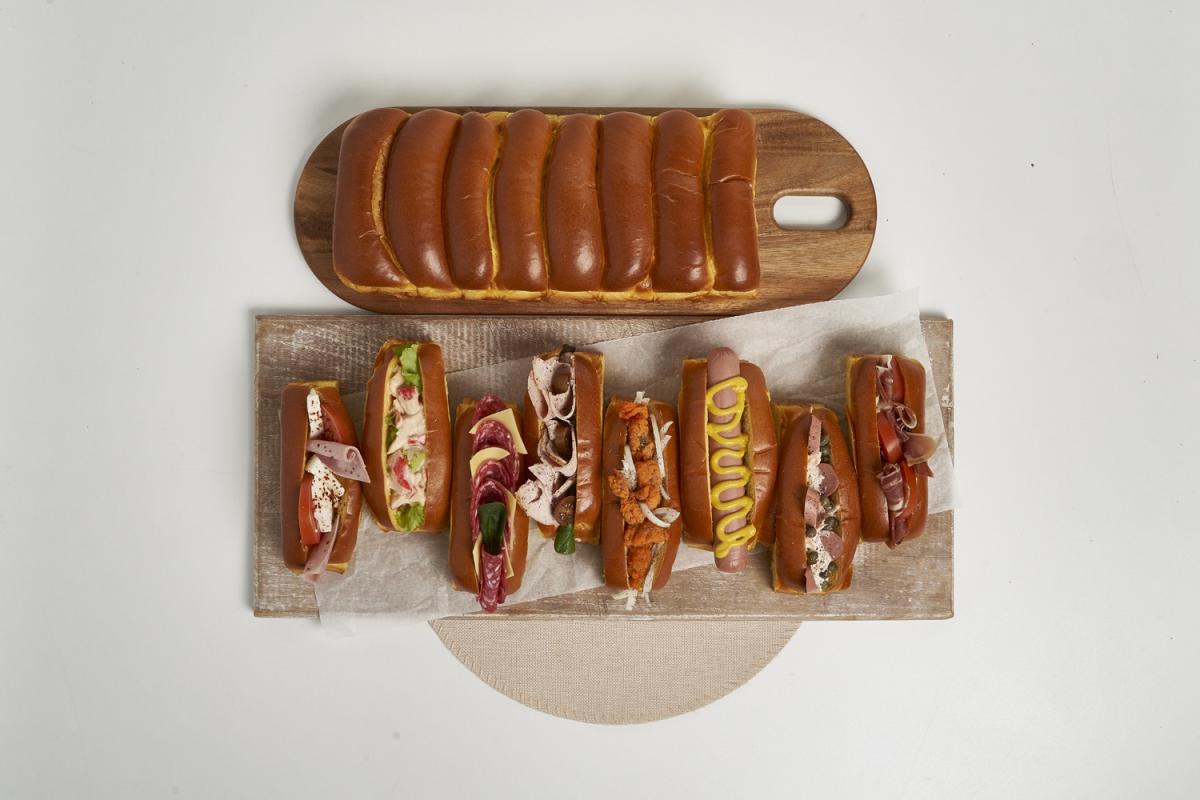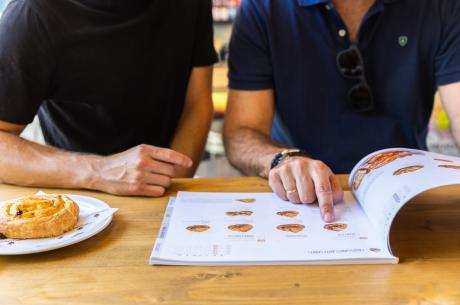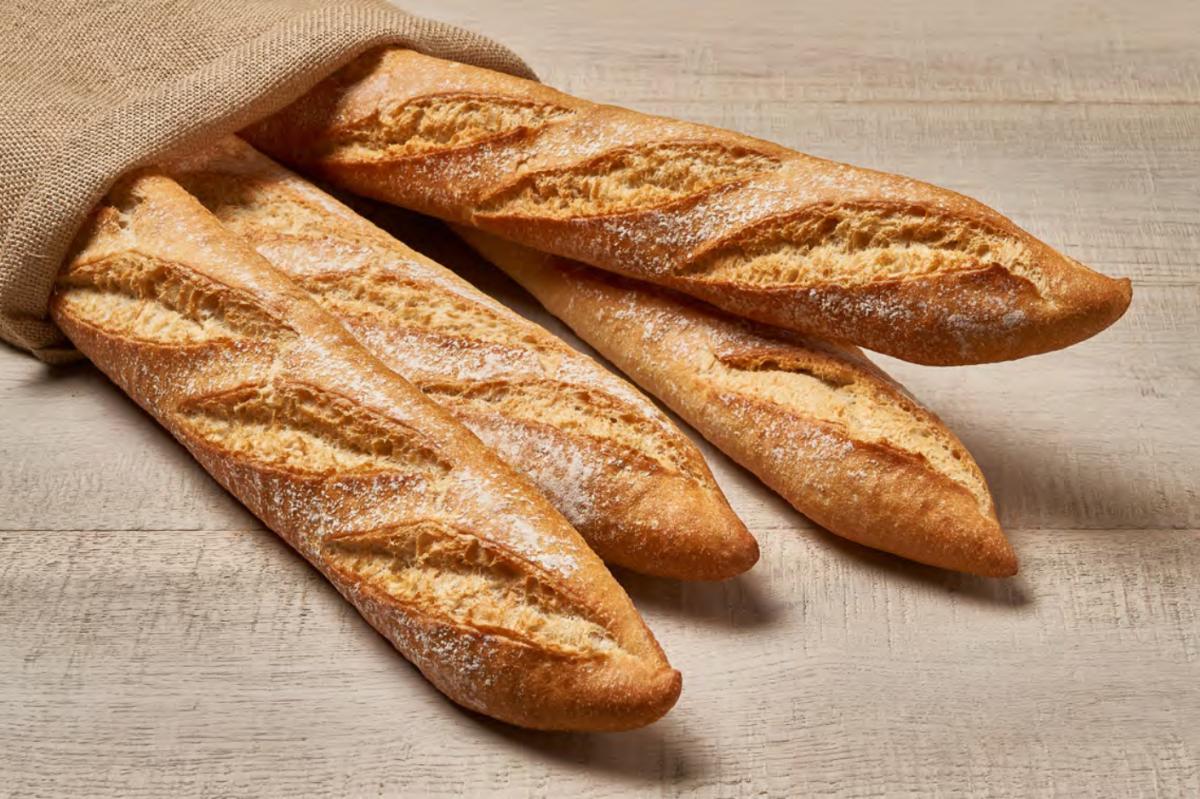When pastries catch your eye

Pastries catch your eye, so their presentation is a key factor when buying them. With a few simple tips, we can improve the appearance of our products and enhance their attractiveness to the customer.
How often have we looked in a baker’s window and bought a bun because of how it looked. A pain au chocolat looking appetising is the determining factor that will make it our afternoon snack. And, on the contrary, if the croissant does not catch our eye, it certainly won’t end up in our stomach. Presentation is decisive when it comes to pastries, so it’s a good idea to take care of their finish if we want to highlight how attractive they are.
Traders and hoteliers who work with frozen and fresh doughs know that this type of products are bought on an impulse. Therefore, if we work on good presentation at the point of sale, we’ll activate the intention to buy and we’ll improve the trading results. Pastries can generate real peaks of footfall at breakfast and for an afternoon snack, but it’s important to be careful with it and pay attention to the little details.
How do we do this? It only takes a little good taste and following some simple tips, which needn’t take long. Painting, sprinkling, adding seeds and even using external elements that highlight the product’s qualities. Yes, indeed: choosing beautiful posters and putting out striking trays would help the product seduce us. If your pie has an appetising filling, ensure your label makes that clear.
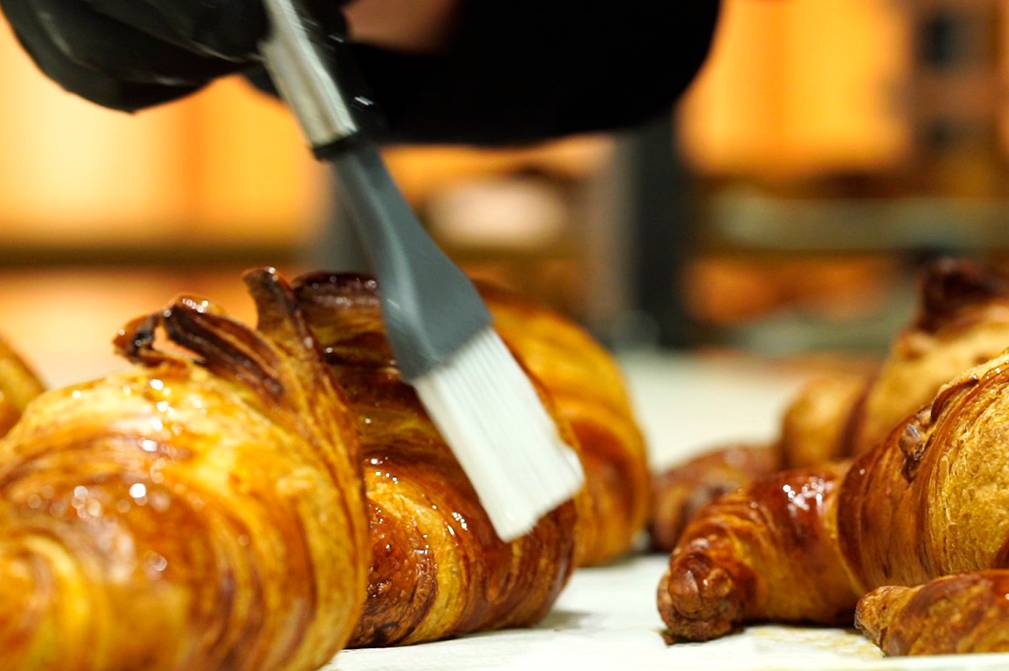
Tips for decorating sweet pastries
- Paint them with an egg. It’s one of the most traditional pastry-making techniques: painting with an egg before baking and giving them a shiny layer after the baking, for example with gelatine. In the case of snails or pains au chocolate, chocolate hundreds and thousands can be added.
- Sprinkling sugar on top. A classic of Majorcan coiled puff pastries. Once the item is baked and has cooled, we can add a delicate touch of decoration by sprinkling sugar over it. The glaze allows items to be added to achieve colour and flavour variations as best suits us.
- Crush almonds. They can be sprinkled on the surface of the bun before it goes in the oven. Besides chocolate hundreds and thousands, many cupcakes have crushed or filleted almonds on the surface, which sticks because of the glazing or the egg. It is also common in cakes and pies.
Tips for decorating savoury pastries
- Make cuts. In fact, it’s a valid technique for both sweet and savoury pastries, and it allows you to opt for classic designs, or other, more creative ones. In large cannolis, it’s common to use lengthwise cuts on the surface, which also makes baking easie.
- Bet on toppings. In the case of savoury pastries, there’s no end of things you can add before baking: sesame seeds, filleted almonds, seeds, oregano, grated cheese...We can improvise, but it’s a good idea for the flavours to be in keeping with the rest of the recipe.
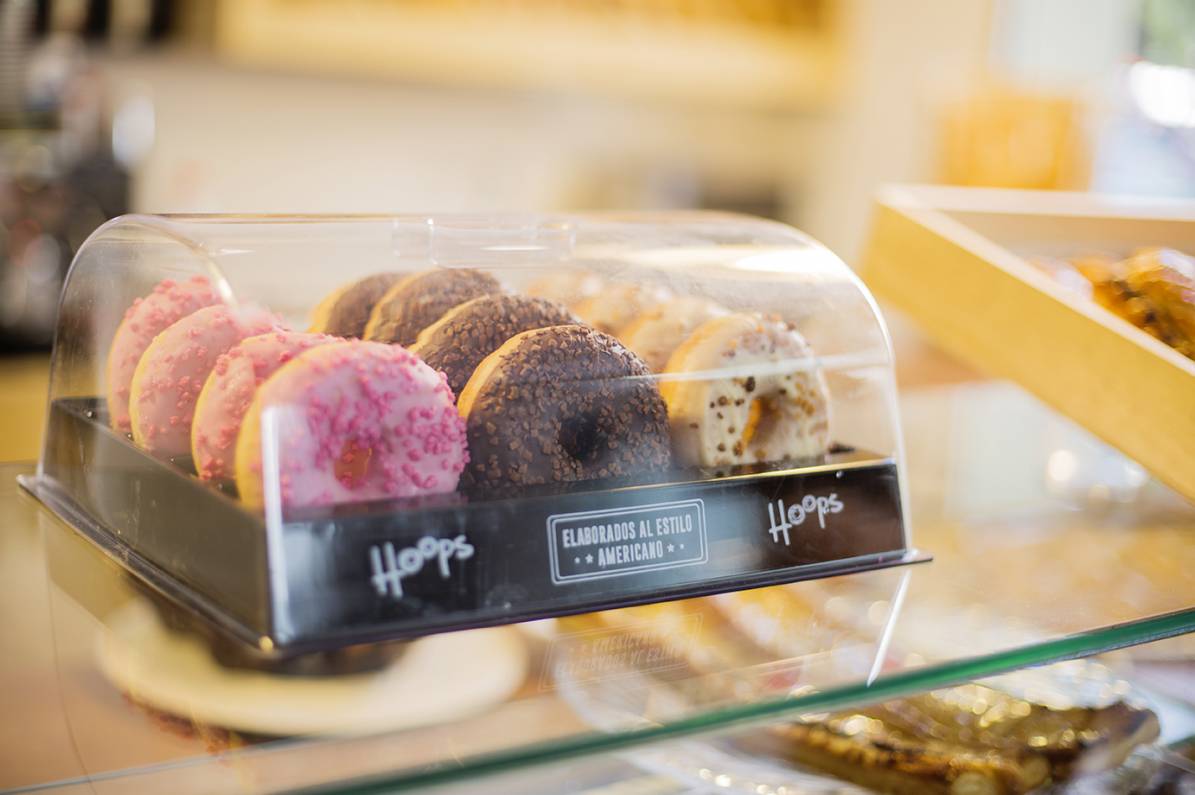
And once in the window
Apart from culinary tips, the presentation of the pastries also covers how the space is conceived. Once in the establishment, it’s important to ensure that the most delicious items are within the consumer’s sight, in a large glass display cabinet or a generous counter. It’s desirable that there be a window facing the outside and, once inside, that the lighting highlight all the available assortment of products. It’s better for the appetite if the lights are warm, rather than blue.
Finally, and thinking of those who don’t know the whole assortment, the products may be identified using labels, which will also help inform them about the recipe, the fillings and the prices. It is recommended that the sweet pastries be separated from the savoury ones so that the consumer can make their choice at a glance. And, of course, ensure that the most succulent items with the fastest rotation are at eye level. Don’t go hiding the chocolate croissants right at the bottom.
